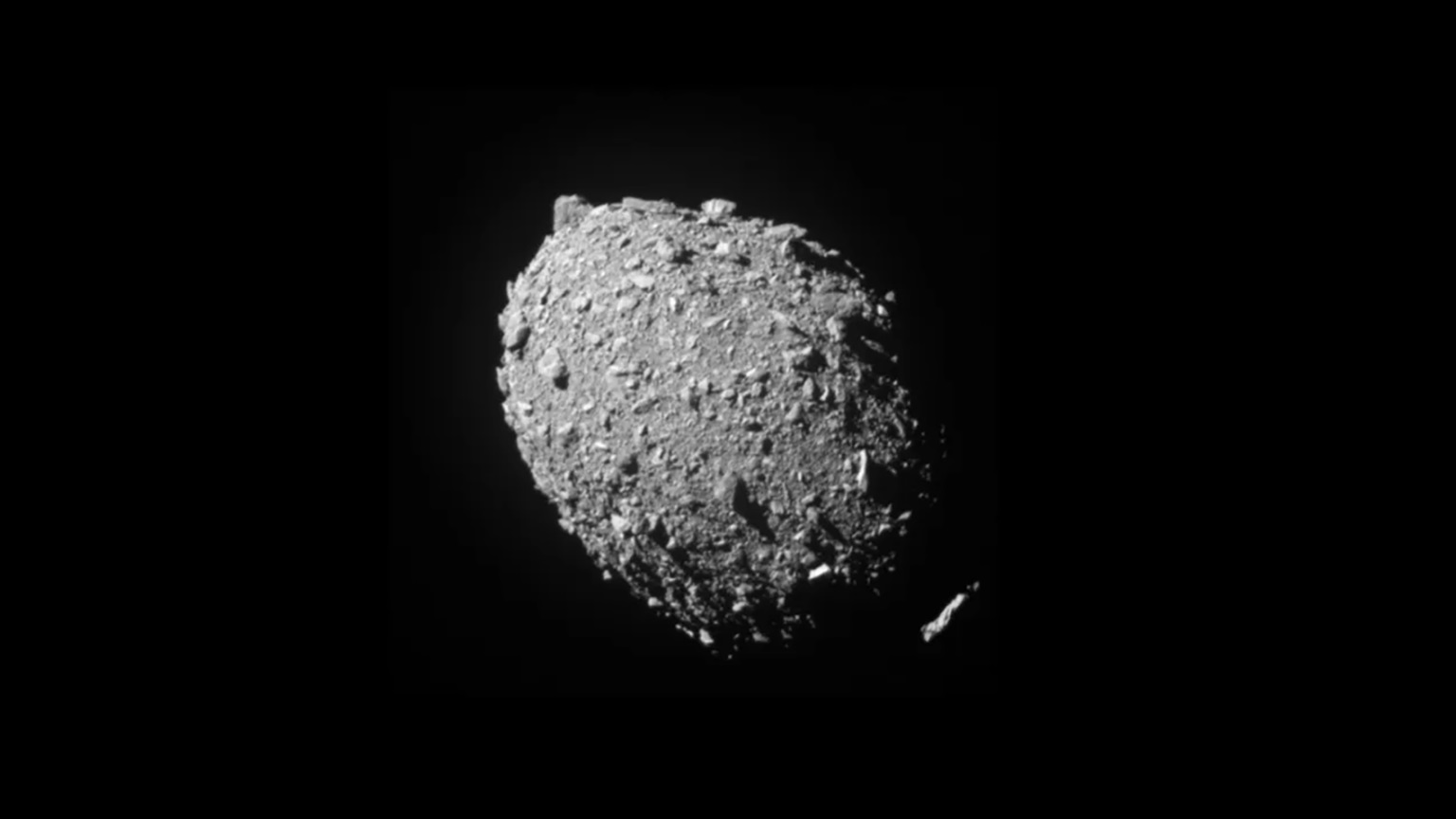Asteroid's orbit and shape change after DART impact, NASA confirms

NASA conducted a historic experiment called DART (Double Asteroid Redirection Test) in which a spacecraft deliberately collided with the 170 metre wide asteroid Dimorphos. This experiment showed that a kinetic impact could deflect a potentially dangerous asteroid if it were ever on a collision course with Earth.
Here's What We Know
A NASA study has shown that after the Double Asteroid Redirection Test (DART), the shape of the Dimorphos asteroid changed and its orbit shortened. The spacecraft deliberately collided with the 170-metre-wide asteroid on 26 September 2022, leaving its mark not only on the asteroid's motion but also on its shape. Before the collision, Dimorphos had the shape of a "flattened spheroid" - a compressed ball whose width exceeds its height. Now a new study shows that the asteroid's shape has changed to a "triaxial ellipsoid" - something like a long watermelon. Before the impact, it took Dimorphos about 11 hours and 55 minutes to complete one revolution around the larger asteroid Didymos. After the DART impact, Dimorphos' orbit became non-circular and its orbital period decreased by 33 minutes and 15 seconds.

The team of Shantanu Naidu, a navigational engineer at NASA's Jet Propulsion Laboratory in Southern California, used three data sources in their computer models to figure out what happened to the asteroid after the impact. These data helped NASA conclude that DART's impact on the asteroid far exceeded minimum expectations.
These results and observations of the debris left behind after the impact indicate that Dimorphos is not a dense "pile of rubble" type object like Asteroid Bennu. ESA's (European Space Agency) Hera mission, scheduled to launch in October 2024, will travel to the asteroid pair to conduct a detailed study and confirm how DART changed the shape of Dimorphos.
Source: NASA